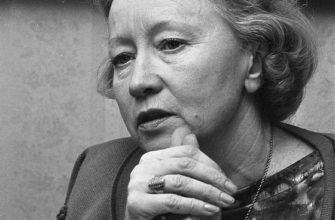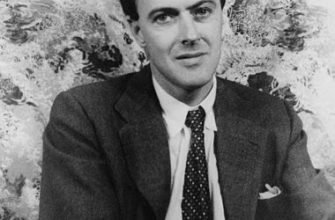Эрнест Резерфорд краткая биография на английском языке расскажет главную информацию о жизни ученого.
Эрнест Резерфорд биография на английском
Ernest Rutherford was born on 30 August 1871 in Nelson, New Zealand, the son of a farmer. In 1894, he won a scholarship to Cambridge University and worked as a research student under Sir Joseph Thomson. In 1898, he became professor of physics at McGill University in Montreal, Canada. There, working with chemist Frederick Soddy, he investigated the newly-discovered phenomenon of radioactivity. Rutherford and Soddy proposed that radioactivity results from the disintegration of atoms.
In 1907, Rutherford returned to England to become professor of physics at Manchester University. In 1908, he was awarded the Nobel Prize in Chemistry. In 1914, he was knighted, but the war interrupted his work. He helped to develop methods of dealing with the new menace of submarine warfare, as well as studying underwater acoustics.
 In 1917, he returned to physics and a long series of experiments in which he discovered that the nuclei of certain light elements, such as nitrogen, could be ‘disintegrated’ by the impact of energetic alpha particles coming from some radioactive source, and that during this process fast protons were emitted. This was the first artificially induced nuclear reaction. Rutherford had virtually created a new discipline, that of nuclear physics.
In 1917, he returned to physics and a long series of experiments in which he discovered that the nuclei of certain light elements, such as nitrogen, could be ‘disintegrated’ by the impact of energetic alpha particles coming from some radioactive source, and that during this process fast protons were emitted. This was the first artificially induced nuclear reaction. Rutherford had virtually created a new discipline, that of nuclear physics.
In 1919, Rutherford became professor of experimental physics and director of the Cavendish Laboratory at Cambridge, succeeding Thomson. Many of his students at the Cavendish Laboratory went on to become pioneering scientists. From 1925 to 1930 he was president of the Royal Society (to which he had been elected in 1903). In 1931 he was awarded a life peerage and died on 19 October 1937. He was buried in Westminster Abbey. In 1997, the ‘rutherford’, a unit of radioactivity, was named in his honour.




